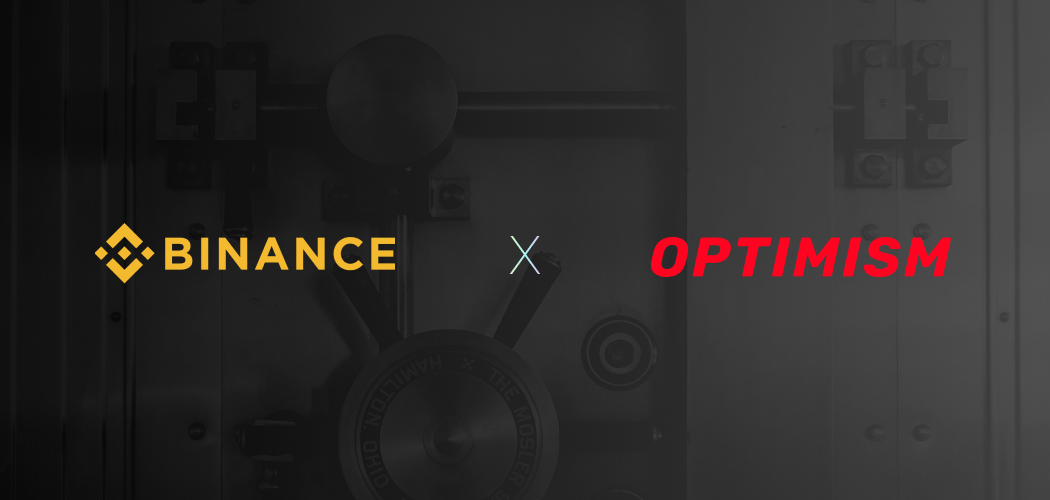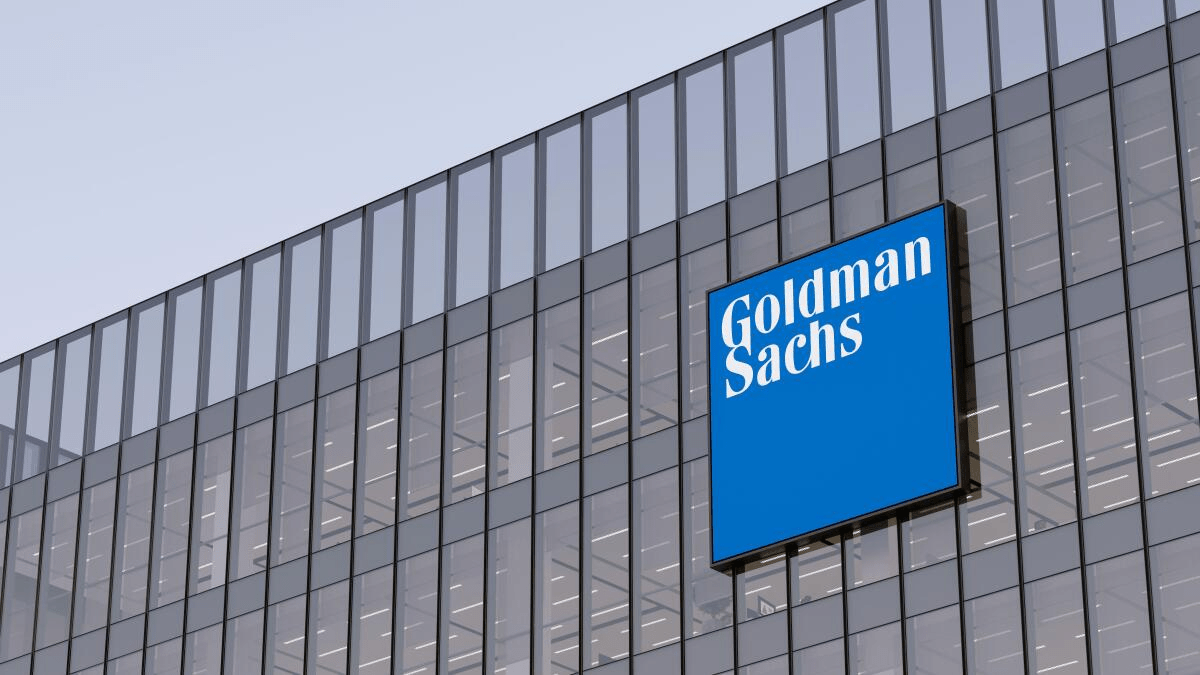Binance, the crypto space’s largest exchange by global volume, has announced that it has completed infrastructural integration with Optimism, a layer-2 (L2) Ethereum scaling solution.
The integration will see Binance opening deposits for ETH on Optimism Layer 2, with newly assigned ETH deposit addresses for its users. However, withdrawals will be placed on hold until such time that Binance’s wallet holds a sufficient amount of assets on its own wallet. This amount has not been disclosed by Binance and the exchange says that users will have to wait for it to be functional, even without further announcement on the matter.
This method of placing withdrawals on hold until optimal liquidity is achieved for operational balance can be read as the exchange being careful, especially given the current condition of the crypto market, in which general volatility may be subjected to external factors and influences. This phenomenon has been observed in the recent crash of the Terra protocol, as well as the subsequent fluctuations in the market due to this.
Optimism is a layer-2 scaling solution built for Ethereum with the vision of helping drastically reduce costs and improve transaction speeds, designed as an EVM-equivalent (Ethereum Virtual Machine) rollup chain. Other scaling solutions such as Polygon and Arbitrum also serve the same purpose. FTX, one of Binance’s competitors, uses Arbitrum. KuCoin, another competing exchange, has also announced integration with Optimism last month.
Due to the status of Ethereum as a primary platform for decentralized finance (DeFi) and the non-fungible token (NFT) market, L2 solutions such as Optimism, Polygon, and Arbitrum have emerged to help scale the ecosystem and its surrounding ecosystem. The expenses of a blockchain transaction are generally the cost of processing and storing data. L2 solutions essentially shift activity off the mainnet to cheaper platforms.
After a number of transactions have been validated, the outcomes of those transactions are sent and secured onto the mainnet, ensuring the data’s immutability. This is in contrast to other scaling solutions such as sharding, which involves partitioning the network into multiple shards where each shard processes a small amount of transactions. If one of those shards were to fail or be compromised, then the entire network may theoretically fail.
By decreasing the amount of information a base layer blockchain needs to validate and secure, L2 solutions help decrease congestion from an L1 chain. As L2 chains are built on top of the mainnet, they are not as secure as the mainnet. However, the risk is mitigated by the fact that L2 chains only handle a small amount of data and activity, while the mainnet remains responsible for final transaction settlement.
To date, Optimism has a total value locked (TVL) of roughly $304 million across 40 DeFi projects and protocols that have integrated it so far. Optimism currently has $608.4 million in approximate on-chain value with 85,626 in monthly average transactions processed on its layer. According to data from Dune Analytics, Optimism currently has 98 times lower gas costs compare to Layer 1 blockchains such as Ethereum.
Disclaimer: This article is provided for informational purposes only. It is not offered or intended to be used as legal, tax, investment, financial, or other advice.
Credit: Source link























